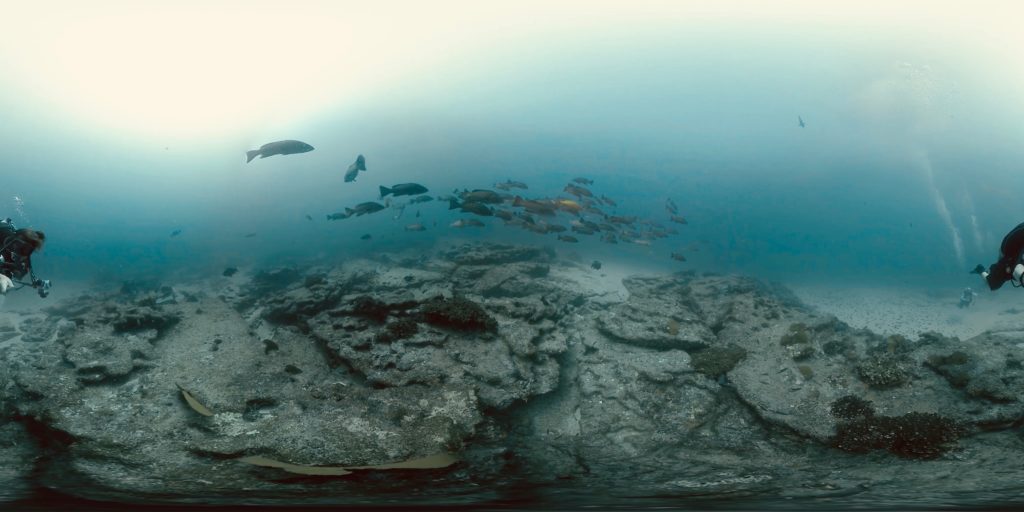
Photo by Laura James, Beneath the Looking Glass, LLC
This is it the beginning of our adventure to Cabo Pulmo – North America’s most ancient reef. An estimated 20,000 years old! This reef and the community of Cabo Pulmo are a story of beauty, love, and respect. Students if you post questions here in the comments please include your course name, your first name and last name initial. Thank you.
Marine Protection in Cabo Pulmo
By Laura Liedermann
Baja California Sur, Mexico
This coral reef is the largest coral reef in the Gulf of California and one of the oldest in the Eastern Pacific.
In the past Cabo Pulmo was a profitable fishing area but when the villagers started noticing the threatening loss of biodiversity, the degrading of marine resources and what that would mean for them, they decided that a change has to be made. (Circa 1980)
What happened to the sea life?
* Natural predators like sharks and marlins disappeared
* Large fish, like Groupers, followed them
* Fishing communities caught fewer and fewer fish
* -> local economy in decline
All fishing activity was banned and by 1995 the area was made a National Protected Area by the government.
The local community:
Cabo Pulmo has a very small local community of just over 100 residents. But they are fighting hard for their reef and were the people who fought for making the reef a National Protected Area. They were showing pride and responsibility for the marine world in the community.
They were led by the Castro Family. Kiki Castro is a guide for tourists to this day.
2004 the first Park Director Carlos Narro was appointed.
Results:
In 2011 A study showed a 463% increase in overall marine biomass between 1999 and 2009 and a over 1000% increase in top predator’s biomass with a 30% annual increase of predatory fish.
Today, the locals try making their income by attracting tourists instead of exploiting their marine resources. One study found small-scale tourism operations run by local people generated $538,000 in 2006 and are growing. Compared to Mexico’s per capita gross national income of $8,240 in 2006, Cabo Pulmo’s $18,000 per capita income – earned by 30 people working in 5 small businesses – is significant.
Cabo Pulmo National Park has the largest increase in biomass observed by scientists in any protected area.
Sources:
https://www.cabo-adventures.com/en/blog/cabo-pulmo-national-park-history https://octavioaburto.com/cabo-pulmo https://bajaparadise.com/fishing-in-cabo-pulmo/ http://cabopulmopark.com/thereef.html https://ocean.si.edu/conservation/solutions-success-stories/cabo-pulmo-protected-area http://sydney.edu.au/environment-institute/blog/marine-protection-cabo-pulmo-reason-hope/
Arrived safely!
February 13th 2019
Arrived safely in Mexico! Here is a view from the plane, look at that ocean! Tomorrow heading to Universidad Autonoma De Baja California Sur to visit their Department of Marine Biology. More updates to come as the adventure continues!
Visited the
Marine Biology Department at
Autonomous University of Baja California Sur, La Paz
February 15th 2019
Yesterday was the visit to the Marine Biology Department at the Autonomous University of Baja California Sur in La Paz. There I visited with Dr Hector Reyes-Bonilla who helped with the restoration of the reef at Cabo Pulmo. He also studies sharks! I also met Dr. Paulina Saradia who works with coral restoration.
Here is some information on the work Dr. Paulina Saradia did when a graduate student studying coral restoration.
Special note: The links in this post (and possibly some in future posts) go to the Autonomous University of Baja California Sur website, which is in Spanish. If you do not know how to have your browser translate the web page please click on the browser you are using and it will bring you to instructions for how to do so. Google Chrome, Firefox, Internet Explorer, and Edge.
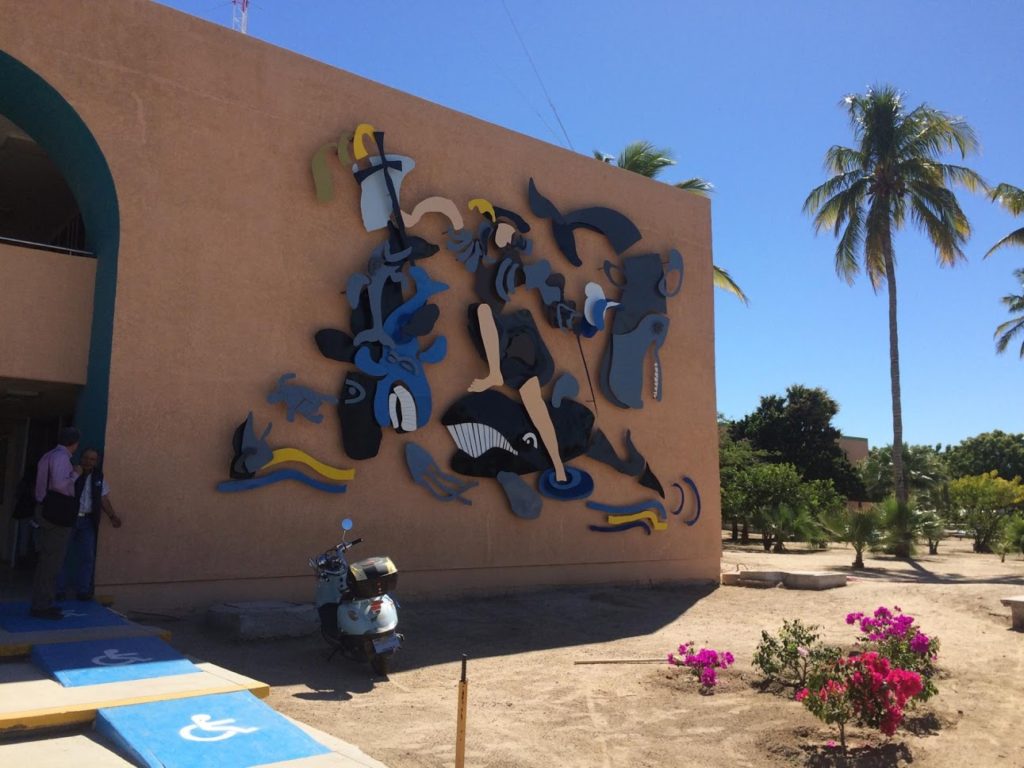
Coyote Beach
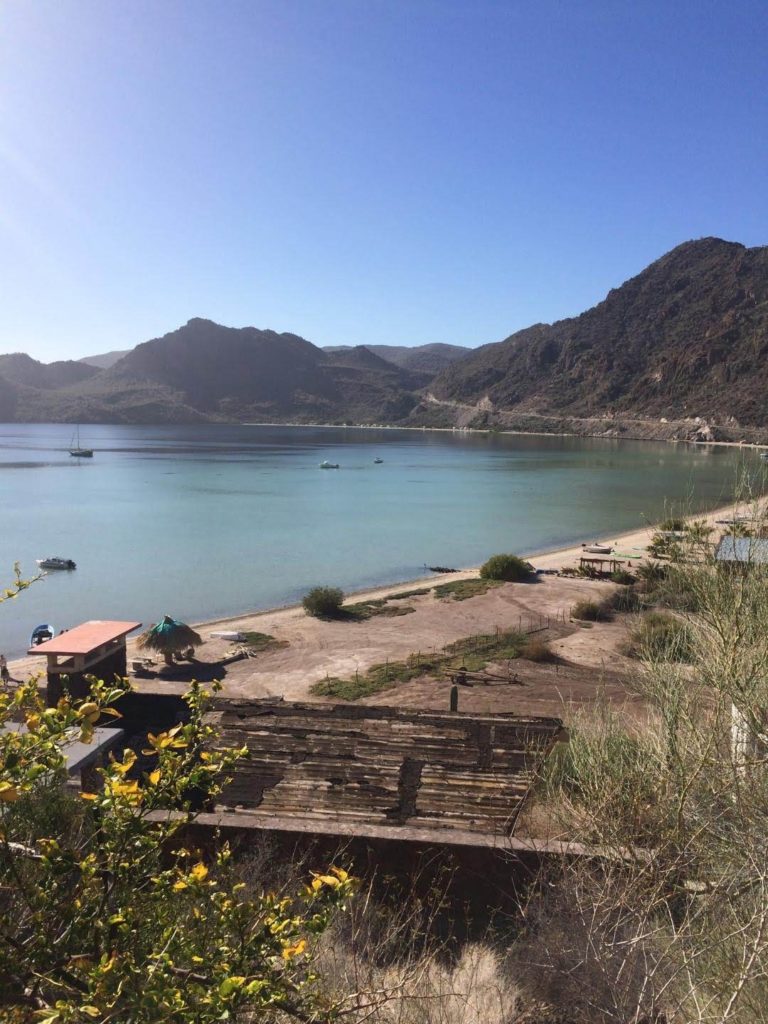
February 16th 2019
Saturday morning we went to Coyote Beach, just south of Mulege, to see the whale shark I have seen there before. Instead I found Adrian who is working to establish an oyster farm in the bay. One day while sitting in a cafe with friends they were talking about how to make more money to put kids through college. Out of that conversation came the idea of trying oysters!
On December 5th 2018 a total of 280,000 oysters were seeded in the green bags in floats at Coyote Beach. In April they should be large enough for eating.
In the photos below we are removing the baby scallops, red shrimp and a few tiny crabs from the trays to put back in the bay. The oysters are being placed now on the trays for safe keeping and better access for filter-feeding. Adrian is working to protect the El Coyote Bay while also earning money for his family.
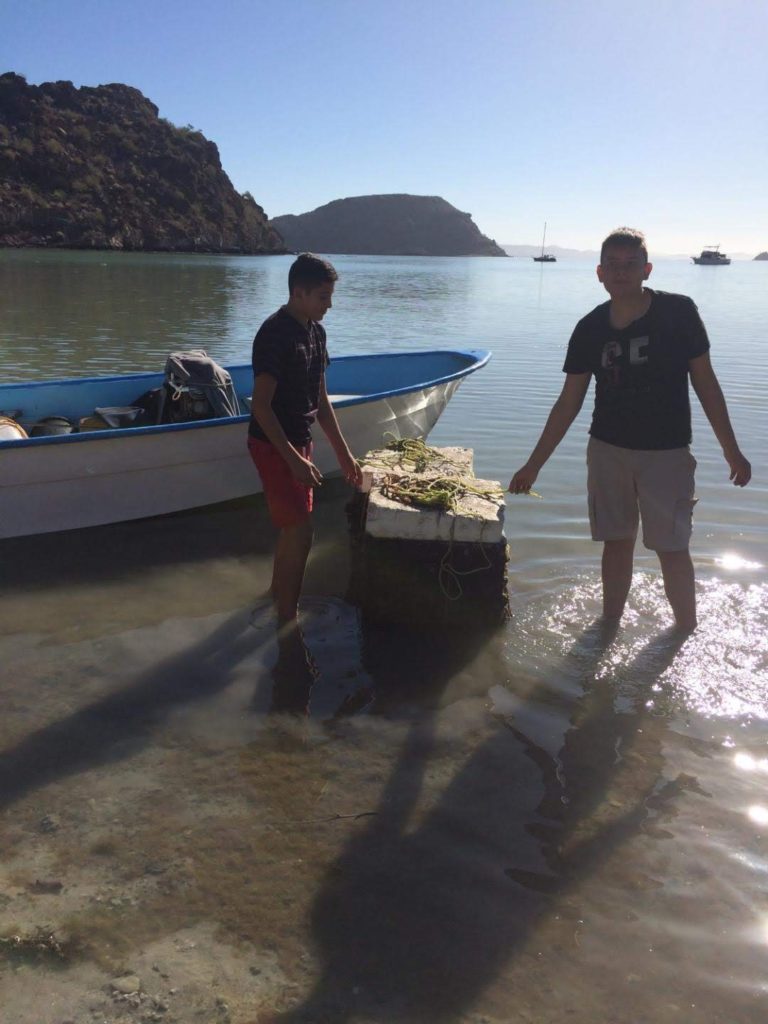
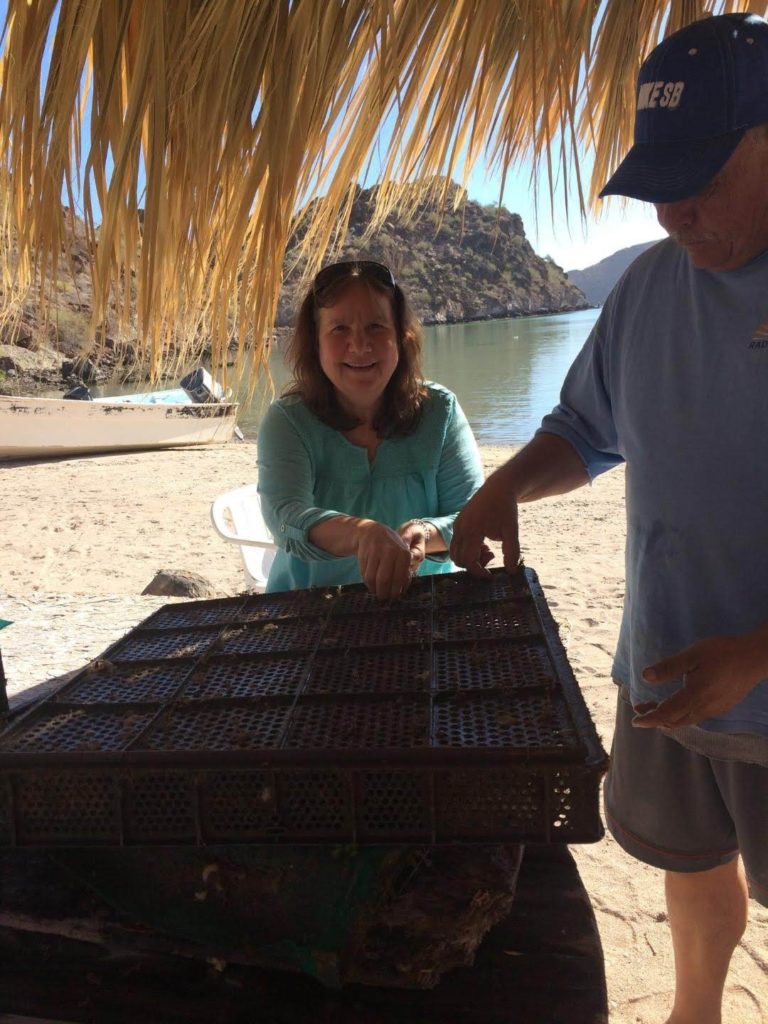
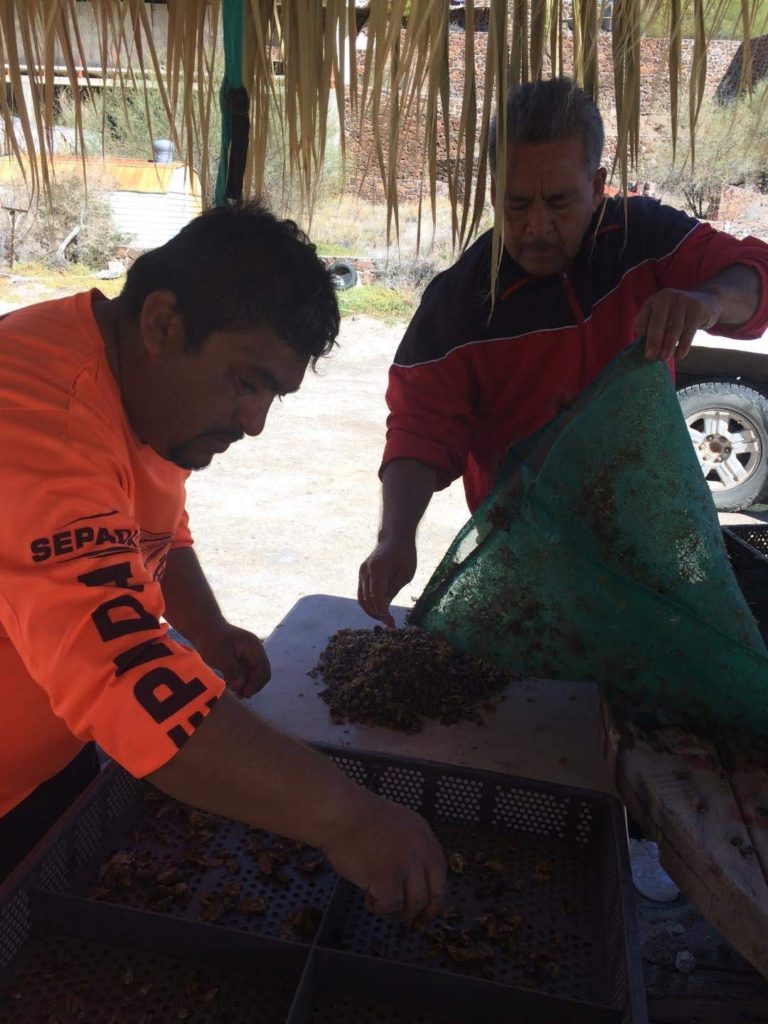
Cabo Pulmo Snorkeling Update
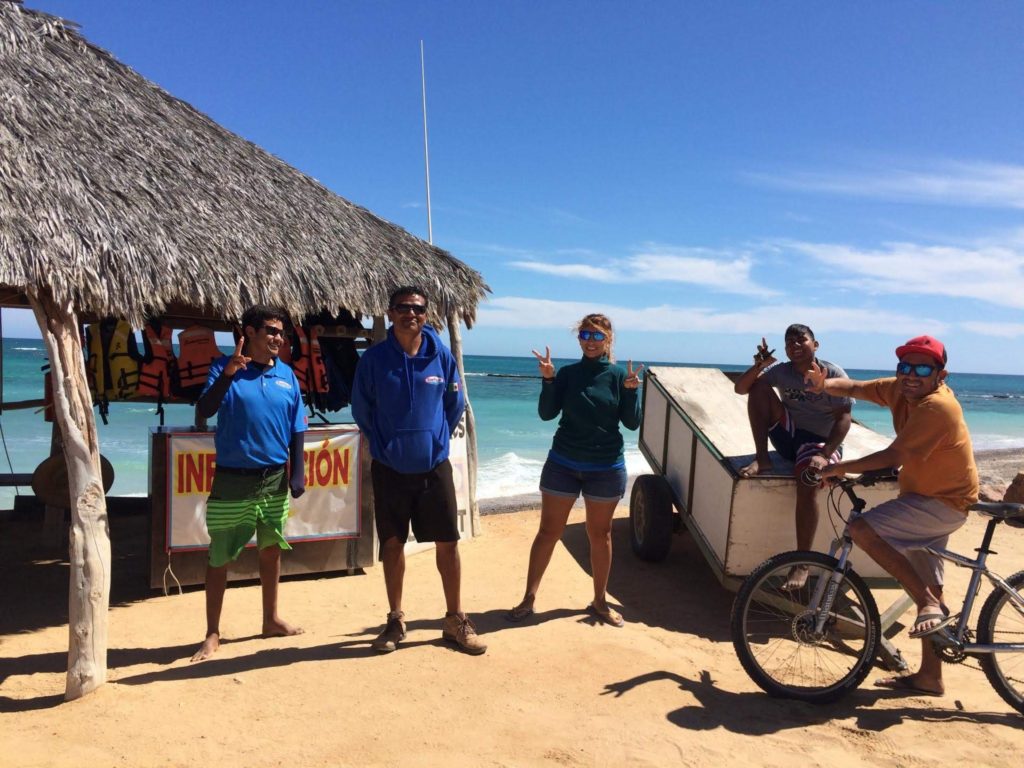
February 18th 2019
The water has been too rough the past few days and today was again too rough to go out snorkeling. The plan is to try tomorrow!
Meanwhile, I was walking around the hotel in my Cabo Pulmo T-shirt and happened upon Deb and Pat from Baja Coastal Institute https://bcibaja.org/es/ They are working to educate local high school students on sustainability, particularly water resources. I am pretty excited to go to BCI and see them again tomorrow, after snorkeling!
February 18th 2019 – Part Two
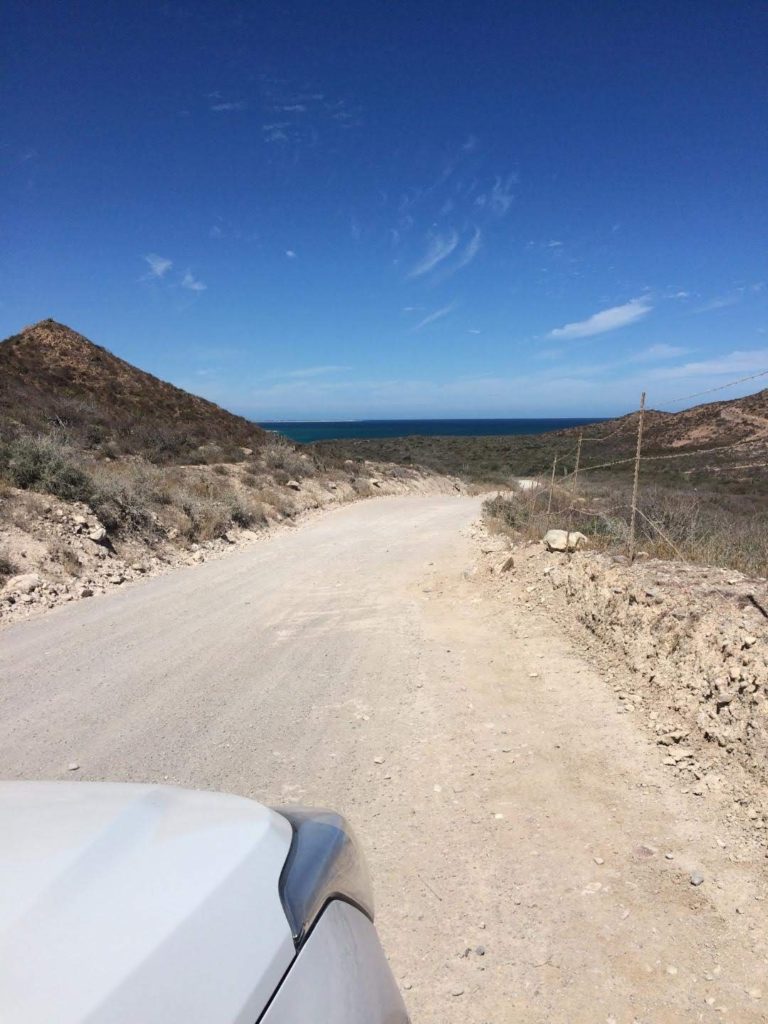
Remember that I met Deb and Pat who direct the Baja Coastal Institute. Here is some more information about BCI!
Here is their mission (found on their website):
“BCI promotes the conservation of the coastline, reefs, and waters of the Baja peninsula with emphasis on the East Cape region of Baja Sur by providing rigorous independent research in pursuit of best practices to support and regulate sustainable development.
BCI educates and informs those who influence policy, trusting that good policy emerges from reliable information.
BCI fosters education and appreciation of natural wonders among the community of residents, visitors, and tourists, believing that an understanding and appreciation of nature is the foundation of conservation.”
Snorkeling!
February 19th 2019
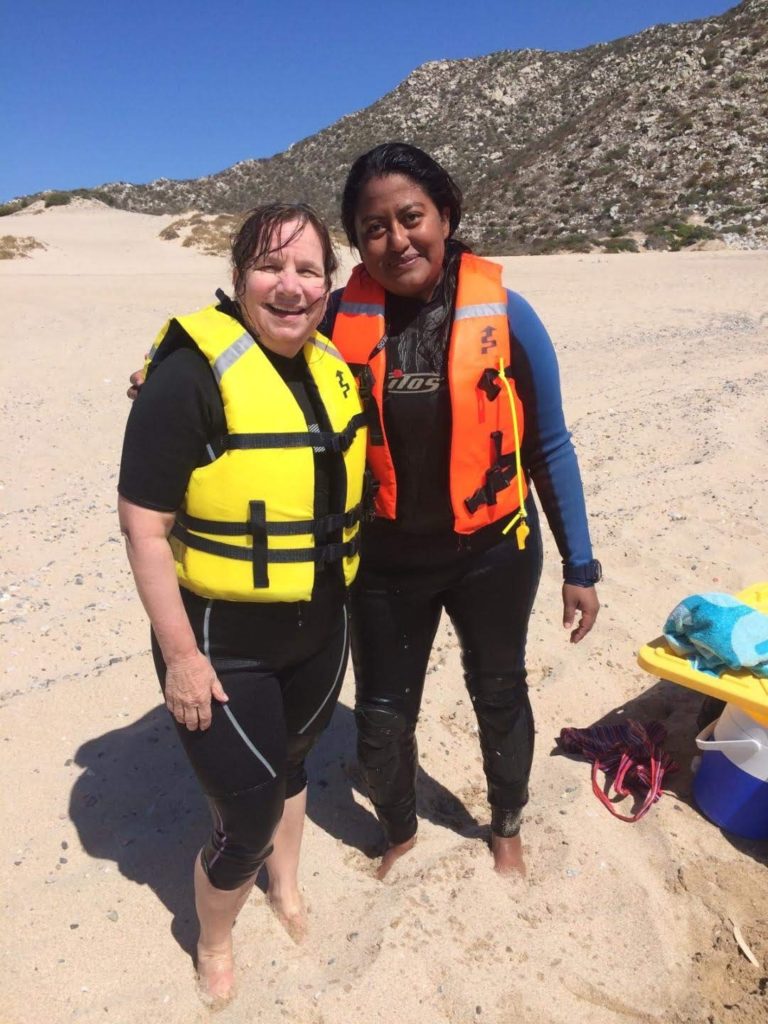
Today was an amazing snorkel! My guide was Pamela who is a marine biology student from UABCS in La Paz. She took me on a private snorkel as it was still too rough for a regular boat snorkel. It was the first tour ever of this type for the company.
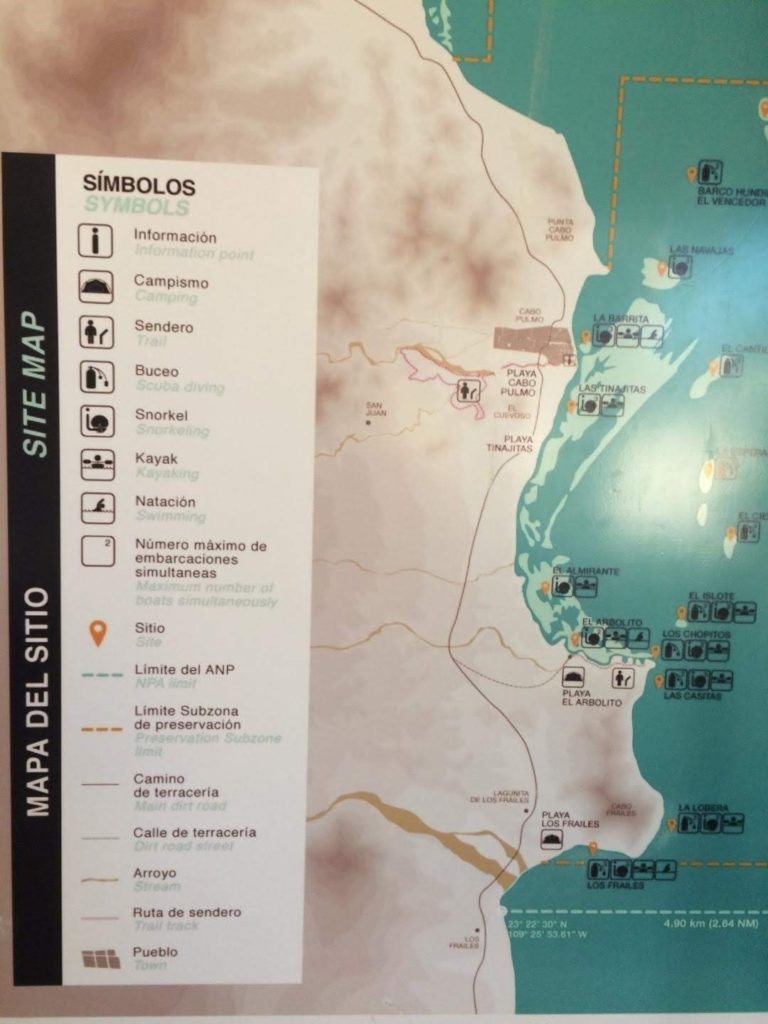
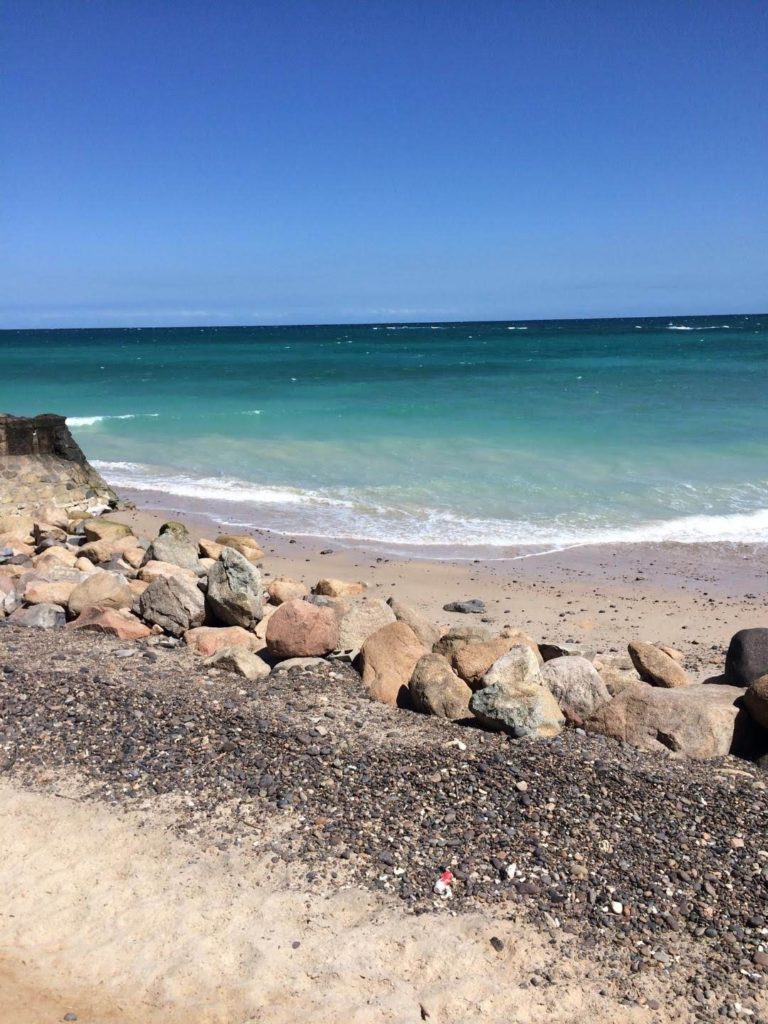
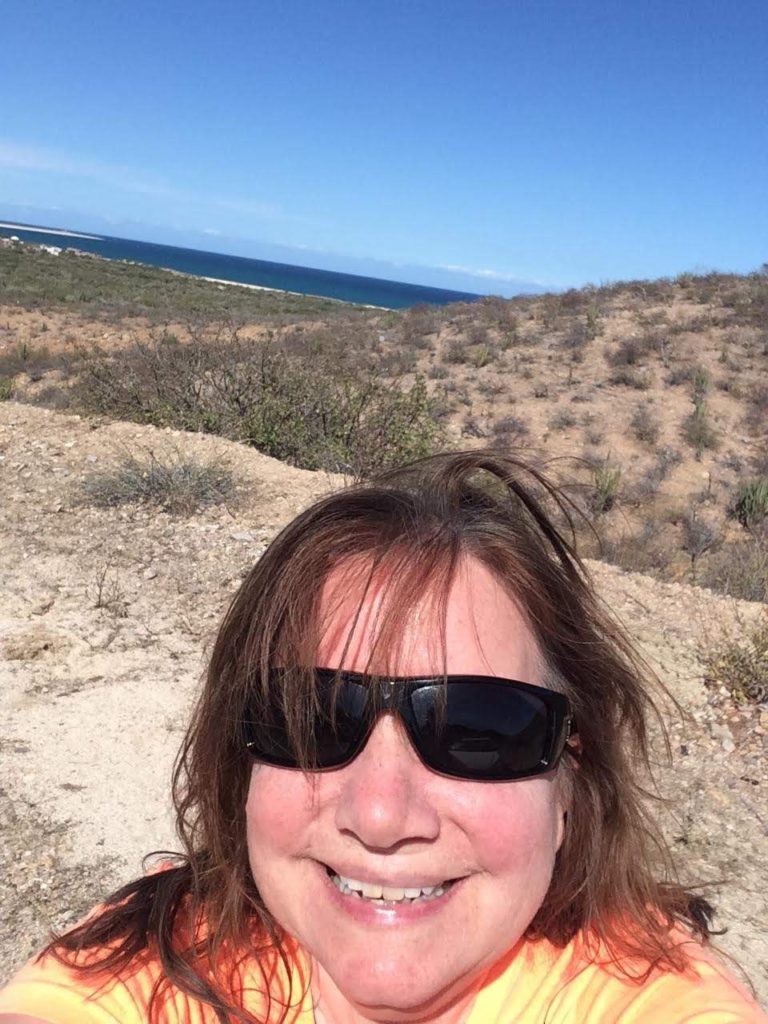
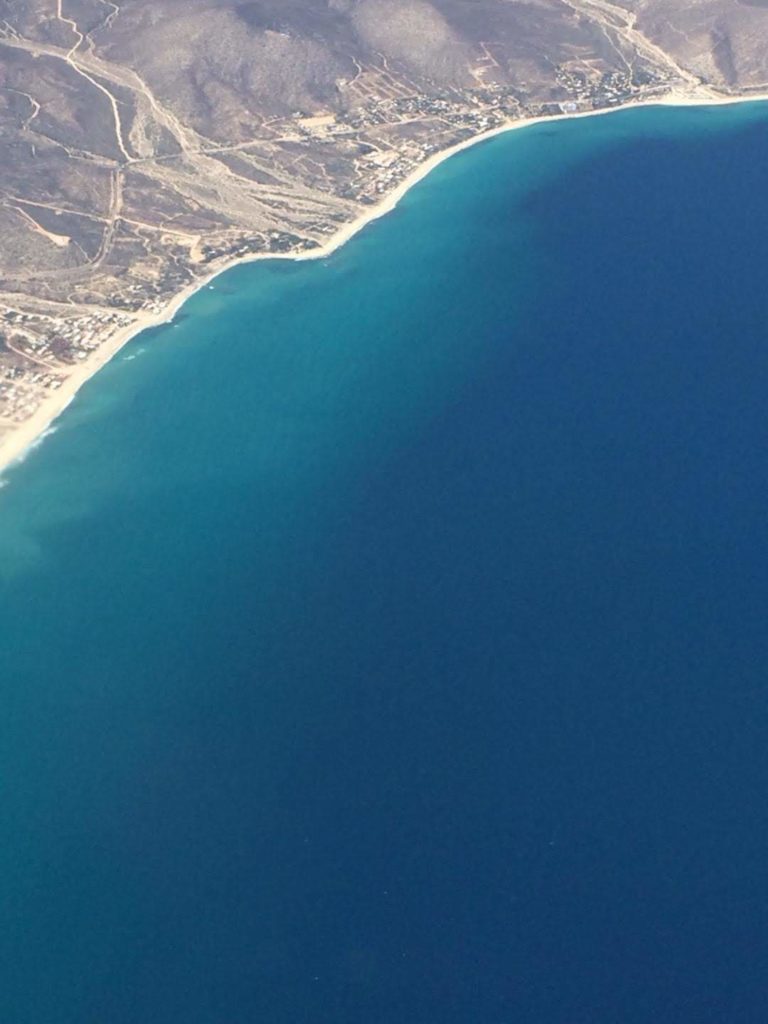
I am curious how the plant life and coral have regrown and how that is balanced with the huge increase of fish population.
Emily – which class are you in please. I was hoping to have time to ask Dr Hector Reyes-Bonilla this when I saw him in La Paz at the University about your question, but we did not have that time. It is in some ways similar to what Jing Liu asked below, although your question is more specific. Ecosystems are very complex. There are so many factor that can effect them – disease, predation (like the overfishing), enough good habitat (the coral reef), enough food source (from phytoplankton and zooplankton on up to little fishes and the larger ones), pollution, and age. Typically the balance plays out pretty well until one of these parts changes dramatically enough that it would alter the condition of the ecosystem. Right now, Cabo Pulmo is doing well.
I want to ask that since the fishing activities were banned in 19999, and the biodiversity is regrowing now, it shows that the biodiversity is rebalancing now. Will it overbalance someday? What will cause the overbalance? Bio 108–JL
Jing Liu, This is a good question to ask. Yes, any population can overgrow the resources it needs in an area so that could happen; but given the location of this reef to other areas the larger fish can swim to a nearby location. Overbalance happens when a population grows larger than what we call “carrying capacity” of a location. Here is a good explanation of carrying capacity http://www.ejolt.org/2013/01/carrying-capacity-2/